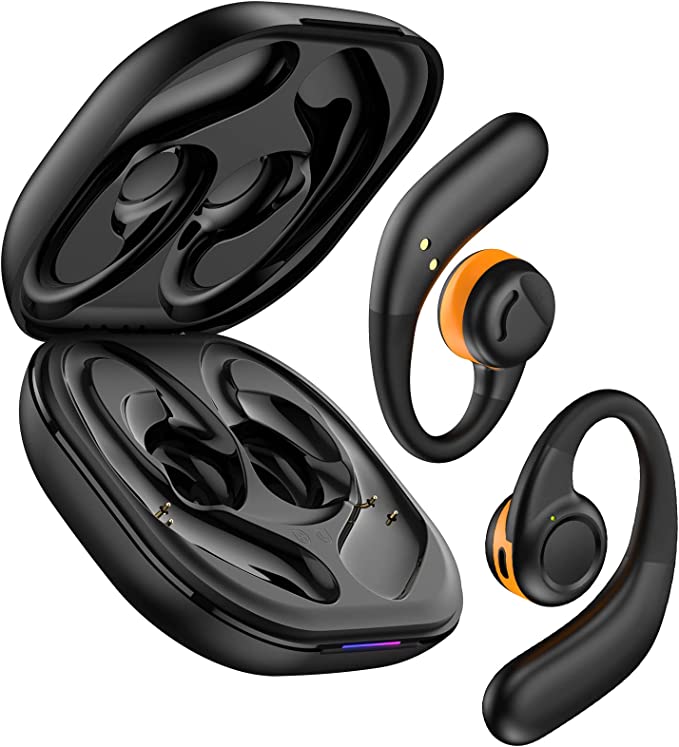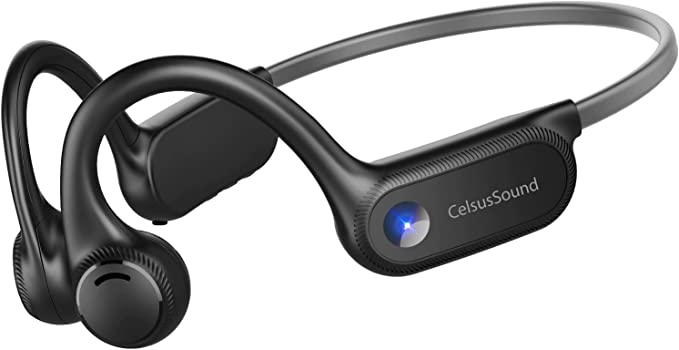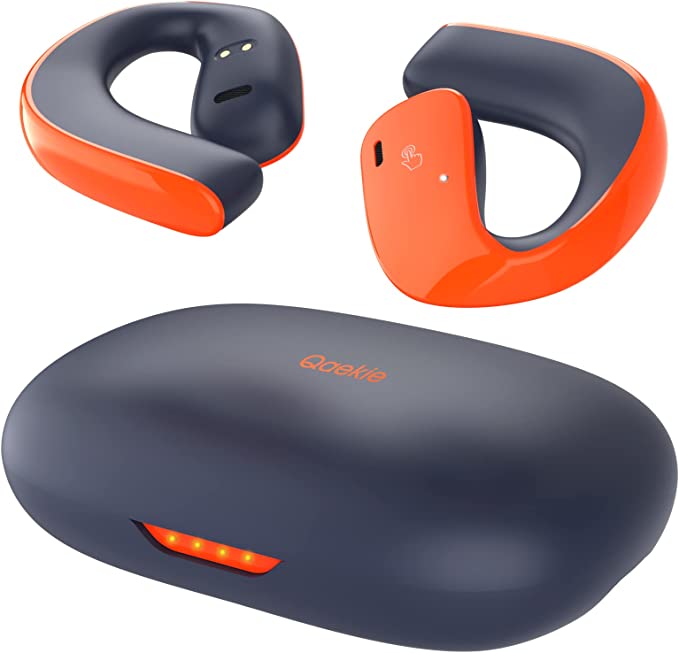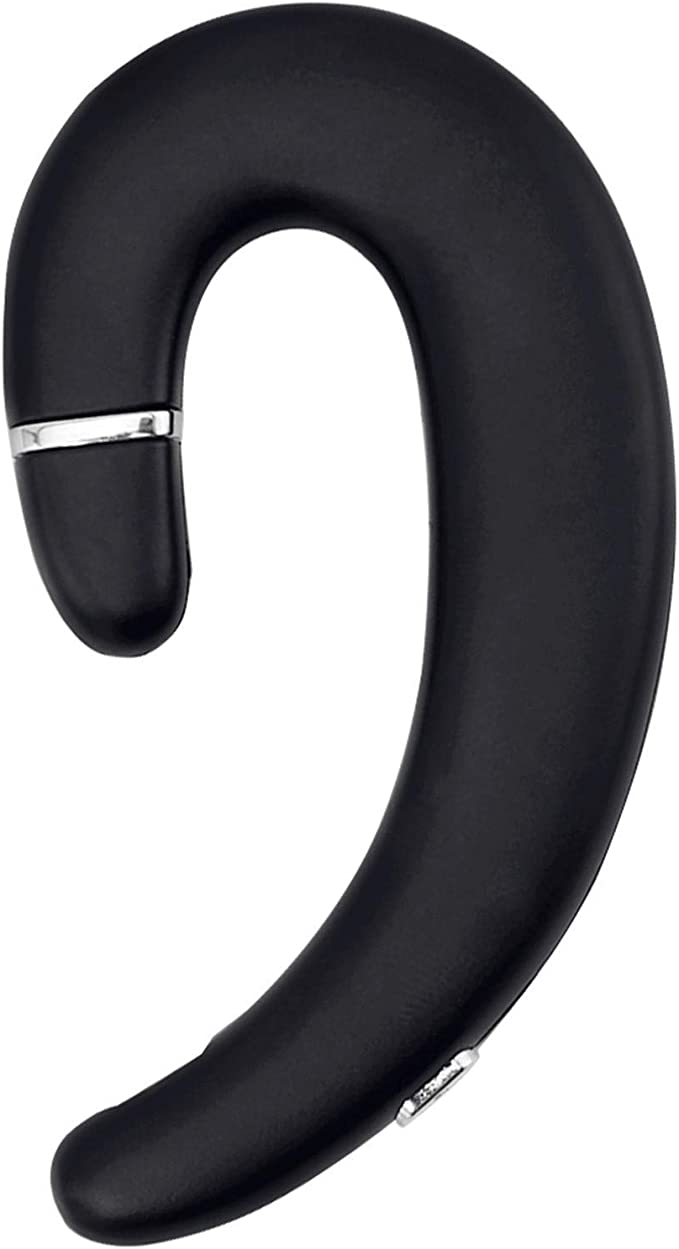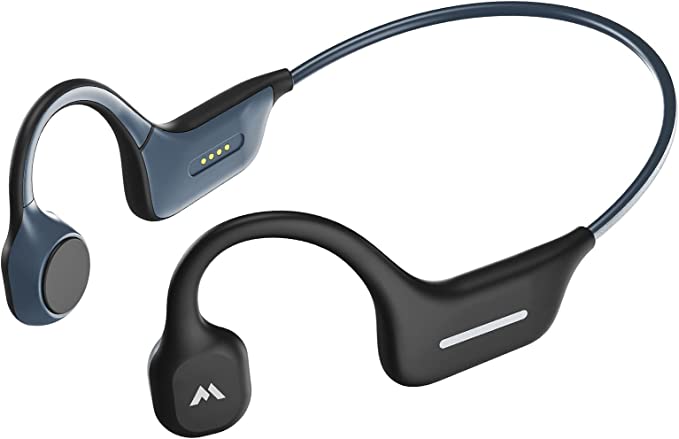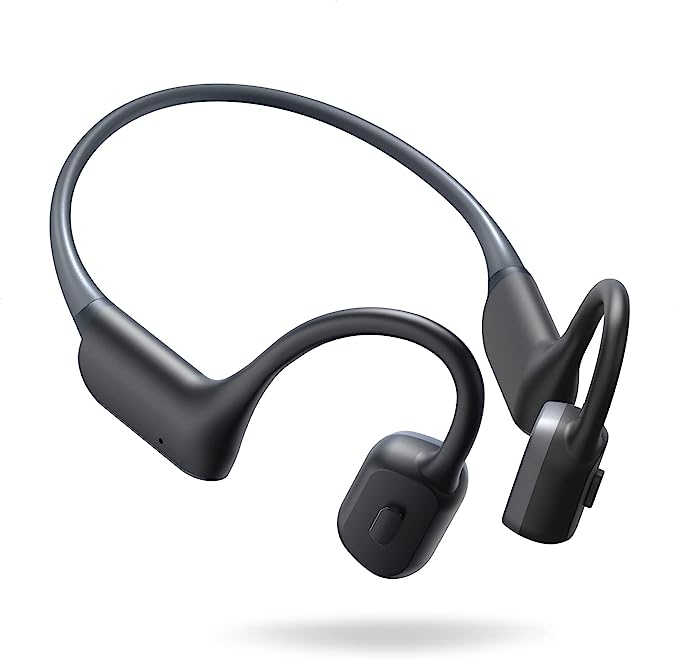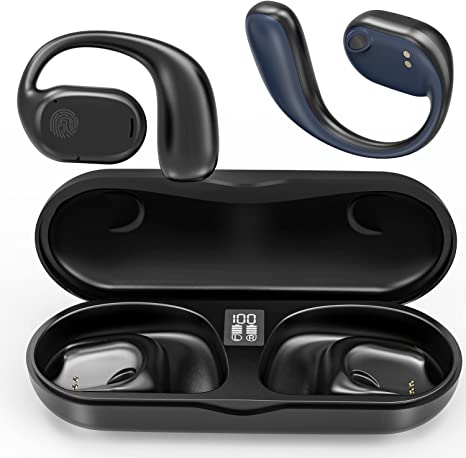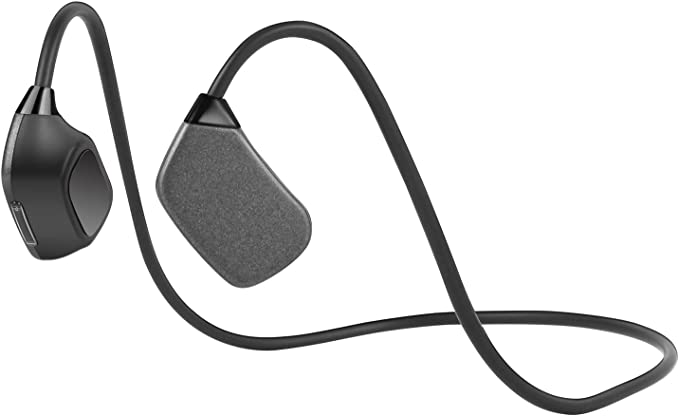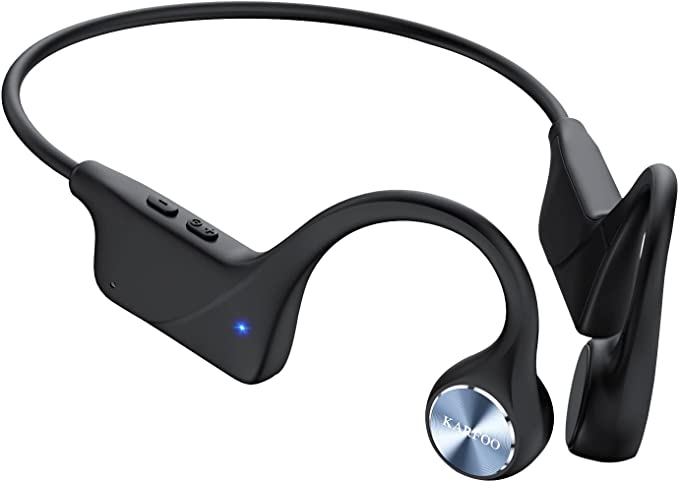Avantree TWS116 Open-Ear Wireless Headphones: Hear Your Tunes and Your Surroundings
Update on June 30, 2025, 5:45 a.m.
Have you ever had it happen? You’re walking on a beautiful day, lost in your favorite podcast, the narrator’s voice a comforting presence. Suddenly, a silent electric scooter zips past, inches away, and a jolt of cold adrenaline snaps you back to reality. You were in your own world, safe within your audio cocoon, yet completely vulnerable. This is the modern listener’s dilemma: we crave the rich inner world our personal audio provides, but at what cost to our connection with the physical world around us? We’ve become experts at building soundproof walls, but what if what we really need is an open window?
This is precisely the question the Avantree TWS116 Open-Ear Wireless Headphones attempt to answer. They don’t just represent a different shape; they embody a different philosophy of listening.

An Open Window in a World of Walls
To understand the TWS116, you must first forget everything you think you know about what makes a “good” headphone. For decades, the industry has trended towards isolation. From bulky, foam-padded cans to the snug seal of in-ear silicone tips and the digital silence of active noise-cancellation, the goal has been to erect a perfect, soundproof wall between you and the world.
The TWS116 smashes that wall and installs a large, open window in its place. Its design, which rests on the ear rather than sealing the canal, is built around a principle we could call Acoustic Transparency. The goal is not to block ambient sound, but to allow it to pass through, unprocessed and unobstructed, while simultaneously laying your chosen audio gently on top. It’s a design that wagers you’d rather hear the approaching bus and your music, than just your music alone.
The Physics of the Missing Bass Drop
The first thing any user accustomed to traditional earbuds will notice is the bass—or rather, the lack of it. Before you dismiss this as a flaw, let’s take a quick trip to physics class. Deep, resonant bass is all about moving air and creating pressure. Think of your home theater’s subwoofer; it’s a large driver in a carefully designed box. That box is crucial. It creates a sealed chamber, allowing the driver to build up significant sound pressure, which we perceive as powerful, thumping bass.
Your ear canal is a tiny, perfect “subwoofer box.” When an in-ear headphone seals it, its tiny driver can easily create the pressure needed for that satisfying low-end rumble. The Avantree TWS116, by its very nature, discards the box. It’s like taking that subwoofer out of its enclosure and placing it in an open field. It still produces sound waves, but it can no longer build pressure.
Herein lies the brilliant, intentional compromise. Avantree didn’t fail to create bass; they chose not to. Instead, they equipped the TWS116 with massive 20mm drivers. In this open-air context, their size isn’t for generating pressure, but for projecting a clear, full-bodied sound in the mid-range frequencies—exactly where human speech resides. The result is exceptionally crisp and intelligible audio for podcasts, audiobooks, and calls. They traded the physical punch of a bassline for the clarity of a conversation.
Your Brain’s Superpower: The Art of Listening Through the Window
So, if the window is open and all the city sounds are rushing in, how can you possibly focus on your audio? The answer is that you already have the world’s most sophisticated noise-canceling software installed: your brain.
This is the science of Situational Awareness and the well-documented “Cocktail Party Effect.” You can stand in a crowded, noisy room and yet, when someone calls your name, your brain can instantly isolate that single voice from the cacophony. It’s a remarkable feat of selective auditory attention. Your brain doesn’t need silence to function; it needs information.
Traditional headphones starve the brain of this crucial ambient information. The TWS116 does the opposite. It provides your brain with two complete audio streams—the podcast and the environment—and trusts its innate ability to prioritize what’s important. It allows you to stay tuned in to the subtle cues of your surroundings—the crunch of gravel under a tire, the changing cadence of footsteps behind you, the distant shout—that are the bedrock of safety.
A Tool Forged for a Purpose
Once you understand this core philosophy, the other design choices of the TWS116 snap into focus. They aren’t quirks; they are deliberate decisions in service of a single goal.
The famously non-adjustable, rigid earhooks are a prime example. In a world of customizable everything, this seems like a misstep. But it’s a conscious victory of stability over universal comfort. These hooks are designed to keep the headphones perfectly in place during a brisk walk, a turn of the head while doing chores, or a bend to pick something up. They might not mold to every ear shape, but for their intended use cases, they provide unwavering reliability.
Even their noticeable size defies the modern obsession with miniaturization. This is a nod to pure practicality. They are easy to grab, difficult to lose, and their large buttons are simple to operate without fumbling, a welcome relief from the often-finicky touch controls on smaller buds. The seamless switching between using one earbud (Mono) or both (Stereo) further acknowledges that real-world listening is messy. You often need to keep one ear completely free for a conversation, and the TWS116 adapts to that reality effortlessly.
Choosing Your Connection to the World
Ultimately, the Avantree TWS116 is not for everyone. It is not for the audiophile seeking pristine immersion on their daily commute, nor the music lover who feels the beat in their chest. It would be a frustrating experience in a noisy subway or a bustling coffee shop.
It is, however, a masterfully conceived tool for a specific type of person: the Connector. The parent pushing a stroller who needs to hear both a podcast and their child’s call. The remote worker who wants background music but can’t miss the doorbell. The runner or cyclist for whom hearing traffic is not a feature, but a non-negotiable requirement.
The TWS116 asks you to make a choice. Not just about a product, but about your listening philosophy. In an age where technology offers us ever-more-perfect ways to tune out, it stands as a quiet reminder of the value of tuning in. It’s a choice to keep the window open, to let the sounds of the world in, and to remain a part of it, even with a soundtrack playing.

